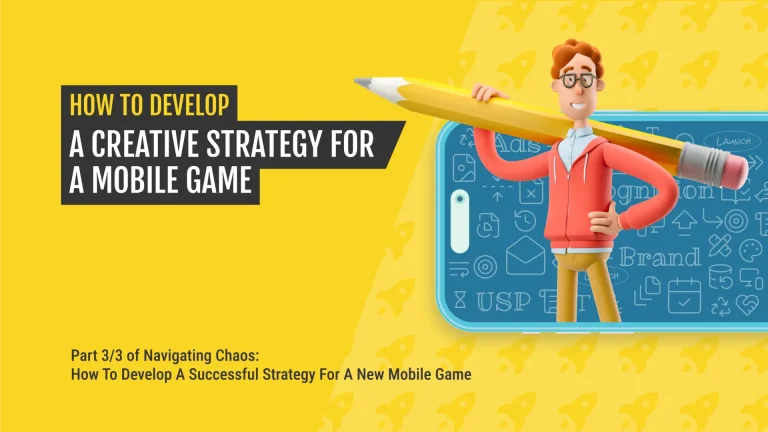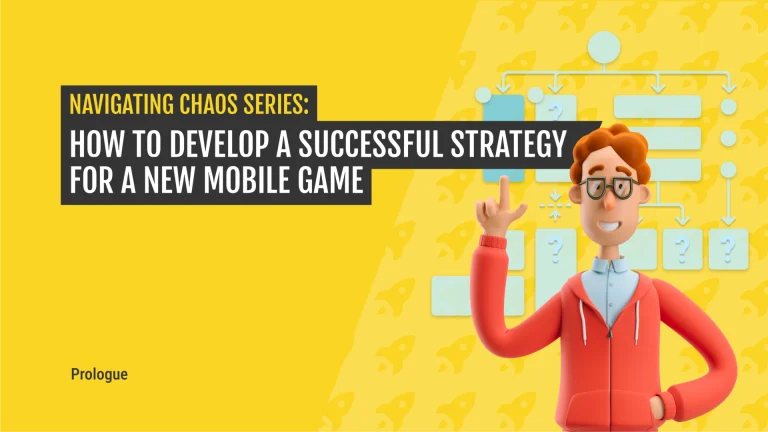This is the third part of a series uncovering the secrets of mobile game analytics. The first part covers ’’ and the second part ‘. For those new to analytics, it is worth starting at the beginning.
By this stage, you should have already integrated the best analytic tool and setup properly all events and dashboards. The next step is to analyze the data and the information you know about your users. Armed with this knowledge you can tweak your game according to what you have learned so far and your short and long-term goals.
Most mobile developers and marketers believe that segmentation involves grouping users by certain characteristics. In fact, segmentation is an iterative process that helps us build up a complete understanding of our app’s users. Segmentation which brings actionable insights can help decision makers understand the needs and motivations of users, at different lifecycle stages.
Specifically segmentation can help you learn
- How players are progressing through onboarding in different age groups
- When US players are playing the game for the first time on iOS compared to Android
- Why your top payers are leaving the game and never coming back
- What could be the right incentive to open the wallet to a non-payer on Android
- Which in-app purchase could be the next upsell for your existing payers
…and much more.
The ultimate goal of segmentation
Pavel Trejbal, data analyst at mobile marketing service AppAgent, defines his ultimate goal as: “Communicating, delivering and selling the right service to the right user at the right time.”
It’s up to you how you use segmentation, but your ultimate goal should be the same as Trejbal’s – to engage your users fully. This may mean different things for different users. Segmentation could be used for finetunning, optimizing the game for different players; for acquisition campaigns with the highest ROI; and last but not least for increasing ARPU.
The power of RFM methodology
There are basically two types of segmentation characteristics:
1) Demographic: Gender, age, country, location, device type (static)
2) Behavioral: What, when and how did they do (dynamic)
We at AppAgent use RFM segmentation which has existed for a number of decades, emerging from direct sales. For assessing customer value we use three characteristics: Recency – the time from the last purchase or activity of the user; Frequency – the number of purchases or activities; and Monetery – number of direct or indirect purchases.
RFM segmentation:
– provides an understanding of actual distribution of players among different lifecycle stages
– directly models purchasing and in-game behavior
– is great for predicting purchase effectiveness
– is easy to understand and apply in content creation process
– is basis for targeted offers.
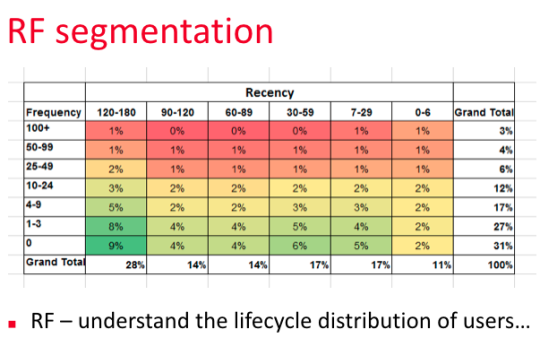

Save your whales!
The timeless genius of RFM methodology could help you save a churning whale spender before they decide to leave the game. For example, Pandastic Games created triggers offering personalized time-limited discounts for payers who are running low on the in-game currency and haven’t made a new purchase by themselves in a set number of days days.
Another AppAgent client, Geewa, changed the multiplayer matchmaking algorithm in its Pool Live Tour app for players who returned to the game after a long time. Thomas Hnilicka explains how this works: “Returning players get an opponent with a lower XP to increase their chances for the victory. You can imagine that winning a match helps to easily hook our ‘veterans’ again.”
By using segmentation you could potentially build several other types of offer scenarios. Ivan Trancik, CEO of Cellense, says that: “Players are more likely to keep playing if they can interact with dynamic, relevant and timely offers.” See Offer scenario by Cellense created in Infinario as a great example of this.
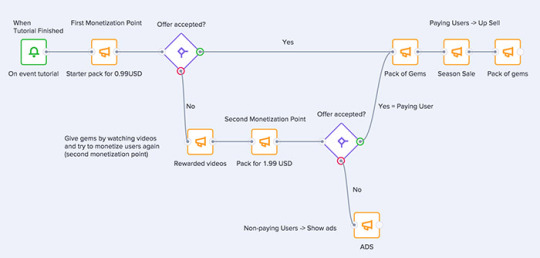
How to segment users
During games, players offer much more significant information about their mental state in compared to those shopping on Amazon for example. Frustration, growth of self-confidence or increased pressure are making the analytical process a creative discipline combining psychology, mathematics and police investigation.
Experienced data analysts need a regular user database dump and few basic SQL queries or even a simple spreadsheet. Those more serious about analytics should consider investing in tools such as Tableau or QlikView. While some clients build their own analytic platforms, outsourcing is usually faster and more effective – at least at the beginning.

The next level is integration with automation systems which are able to react to player behaviour based on predefined rules and data from analytic tool. A match-3 game called Ocean Blast, developed by Pandastic games, now delivers automated push notifications, providing offers for players who came regularly every weekend but missed the most recent one. Games can also be programmed to offer dynamic difficulty of levels based on players performance so the gameplay is enough challenging for starters as well as for expert players.
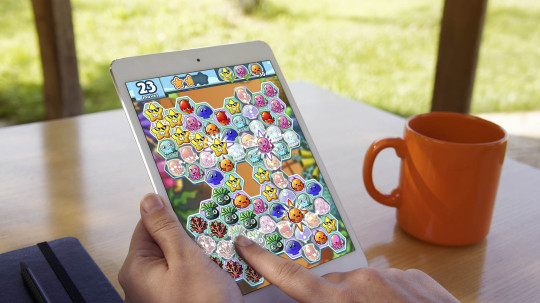
Segmentation in 2017+
RFM segmentation has been around for decades. Naturally there are some who question where this is going to be in next few years.
Pavel Trejbal from AppAgent believes that: “The principle will remain the same, we will use faster and more sophisticated tools for triggering user scenarios and better personalization. I also see a great potentional in cloud services like Google prediciton API which will allow studios to solve complex machine learning tasks in a real time as a new user’s behavioral prediction.”
The most important rule…
The most important rule of analytics is that you never stop learning. Every bit of data will offer a new insights into your customers that can help you improve your game. For your app and your business, continual improvement is the basis of long-term success.

